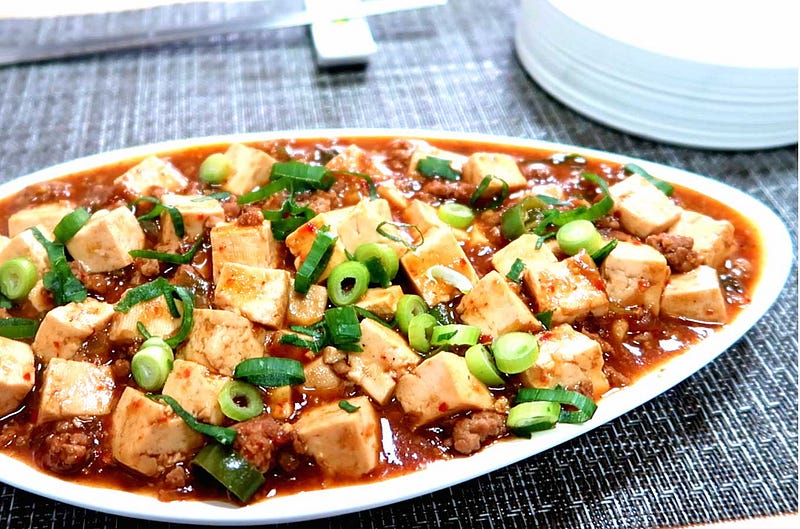Everything You Never Knew About Timut Pepper

Every year, media sources and social media feeds alike introduce new food trends to check out. This year has been no different. Back in January, the BBC kicked off the “Hot New Foods of 2018” craze with a zesty, grapefruit-like spice that originates in the Himalayas. That spice is known as Timut pepper. Timut pepper is an on-trend ingredient that, in the Western world, is most often used to give condiments and alcoholic beverages an extra kick. It causes a slight numbing sensation in your mouth when it’s ingested, which adds an exciting dimension to any food or beverage.
But the flavor and sensation of Timut pepper is only the beginning of its appealing properties. Natives to the Himalayan region of Asia have been using it for years not only for its taste but also for its medicinal effects. Some of the most common medicinal benefits of the pepper include:
1. To Reduce Pain
This one might sound odd to you. Many people associate pepper with heat, but there are peppers like Timut that so spicy that they actually lower a person’s experience of pain. When Timut pepper comes into contact with a person’s mouth or any other body part, the spice occupies the pain receptors and helps to eliminate the nervous system’s reactions of discomfort or pain. Timut pepper will not heal the source of any pain you are experiencing, but it is a wonderful temporary treatment.
2. To Stimulate Circulation
Timut pepper contains high levels of iron, which stimulates the circulatory system and oxygenates your red blood cells. This is a particularly good thing for individuals with low levels of iron, but it can also be beneficial for anyone feeling lethargic or lightheaded.
3. To Improve Immunity
Timut pepper is helps to strengthen the immune system as it contains high levels of zinc. Many people tend to overlook the Importance of zinc in boosting the immune system. Some benefits of a strong immune system include a higher resistance to illness and faster healing wounds.
4. To Improve Appetite
One of the hardest things to get back in shape after recovering from an injury or illness is your appetite. However, it’s when your body is healing and repairing that is when you need nutrients the most. With Timut pepper, you can experience a natural stimulation of your appetite and improved metabolism speed.
5. To Eliminate Inflammation
Timut pepper also contains antioxidants and organic acids such as phytosterols and terpenes that provide anti-inflammatory effects throughout the body. Oxidative stress caused by free radical activity in the body is the leading cause of inflammation. In response, Timut pepper contains compounds that can help neutralize these free radicals and stop inflammation at its roots.
So why not try out Timut pepper, if not for it spicy taste then for its incredible health benefits? Below are a couple of recipes you can try. If you’re looking to stock your spice cabinet with the freshest supply of Timut pepper imported directly from an organic and sustainable farm Nepal, you can find Timut pepper here.
BONUS: THUKPA RECIPE (Traditional Nepalese dish)

Ingredients
3 cloves of garlic, peeled
3 shallots, peeled
1 inch of fresh ginger, peeled and roughly chopped
2 tablespoons coconut oil
1 teaspoon Seasonality Spices® Cumin
1 teaspoon Seasonality Spices® Garam Masala
1 teaspoon Seasonality Spices® Turmeric
1 teaspoon Seasonality Spices® Timut Peppercorn, ground
2 green chilies, diced
1/2 can tomato paste
4 cups vegetable broth
2 tablespoons soy sauce
1 teaspoon agave
1/2 head small green cabbage, thinly sliced
3 stalks of celery, sliced
3 carrots, sliced into thin rounds
2 red pepper, sliced into strips
1 lime, juiced
Directions
In a food processor, blend the garlic, shallots, and ginger into a paste.
Place a large pot on medium-high heat. Melt the coconut oil, then add the paste. Cook for about 5 minutes until the liquid evaporates. Add the Seasonality Spices® Cumin, Seasonality Spices® Garam Masala, Seasonality Spices® Turmeric, Seasonality Spices® Timut, and green chili, and cook for 2 minutes more. Add the tomato paste and vegetable broth, and bring mixture to a boil for 7–10 minutes.
Add the soy sauce and agave to the broth. Add cabbage and reduce the heat to medium. Cook for 5 minutes. Add the carrots, celery, and pepper, and cook another 5 minutes.
Remove from heat. Add the lime juice and serve immediately.
BONUS: MAPO TOFU RECIPE (A traditional Chinese dish)

Ingredients
1 pound soft tofu, drained and cut into 1 inch cubes
3 tablespoons peanut oil
6 ounces ripe jackfruit, shredded
1 tablespoon plus 1 teaspoon finely minced peeled fresh ginger
2 garlic cloves, minced
2 leeks, thinly sliced
2 1/2 tablespoons chili bean paste
2 teaspoons Seasonality Spices® Timut Peppercorn, ground
1 cup vegetable stock
2 teaspoons white sugar
2 teaspoons light soy sauce
2 tablespoons cornstarch mixed with 3 tablespoons cold water
1 tablespoon scallions, sliced
Directions
Stir together broth, bean paste, soy sauce, and kosher salt. Set aside.
Boil a saucepan of water. Add tofu to the saucepan and simmer for 5 minutes.
Pour the oil into a large wok on medium heat. Add to the wok the ginger, garlic and leeks. Cook until they release a scent and have softened. Add the jackfruit, chili bean paste, and Seasonality Spices® Timut pepper. Stir well, and cook for 1 minute.
Drain tofu and add into wok, stirring gently.
Mix vegetable stock and white sugar in a separate bowl. Add to the wok along with the cornstarch mixture. Bring to a boil, stirring gently, and cook until thickened.
Turn off heat and sprinkle with soy sauce and 1 tablespoon scallion before serving.
_____
This article was written by Wheeler del Torro, Nutritional Anthropologist & Founder of Seasonality Spices